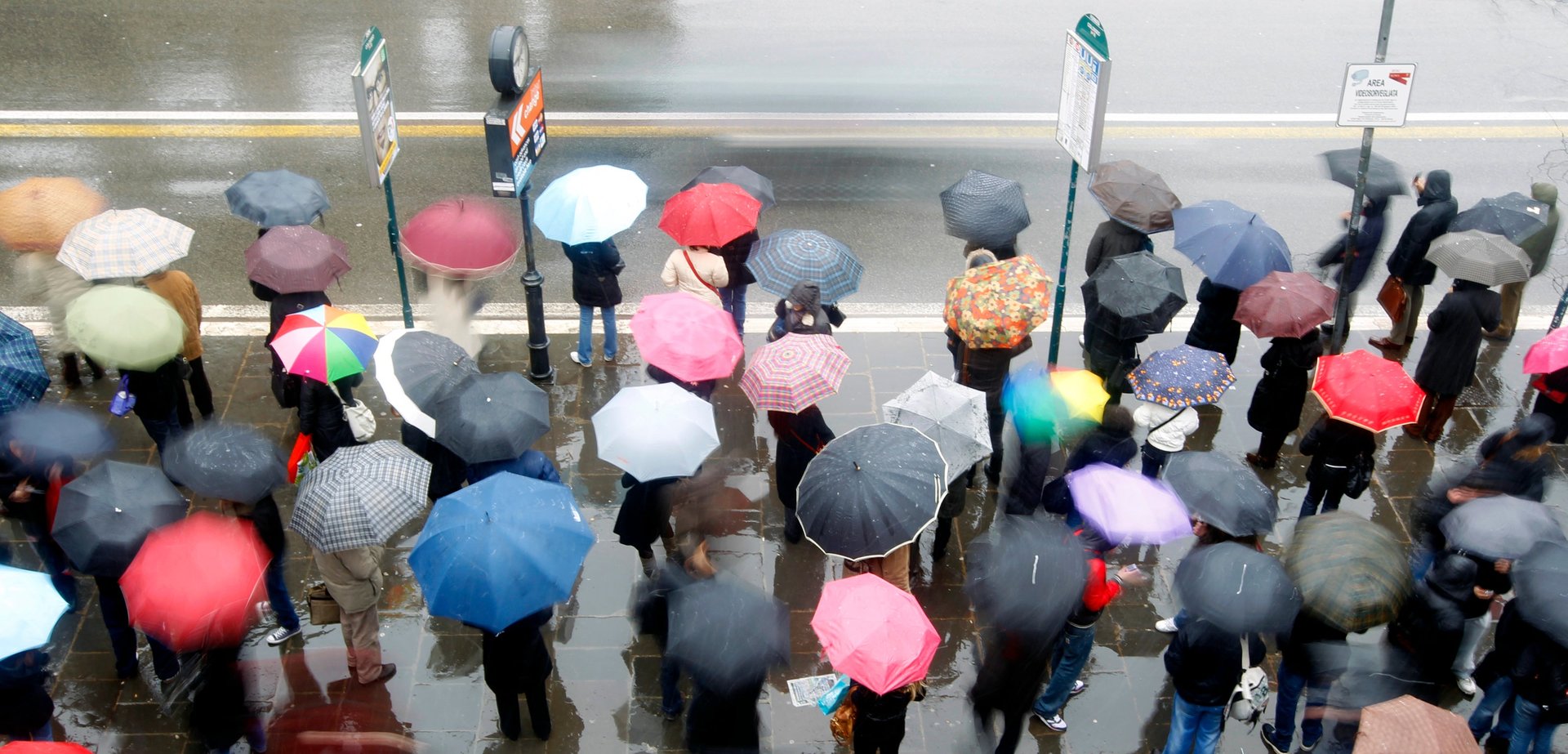Winning the H-1B visa lottery is no longer enough
The road to US employment for a foreign national is only getting bumpier. This year, more than 200,000 people applied for an H-1B visa for skilled workers, only 85,000 of whom can be accepted. Roughly 42% of applicants were selected through the H-1B lottery, which has gotten more competitive as the US economy improves and American companies hire more foreign workers.


The road to US employment for a foreign national is only getting bumpier. This year, more than 200,000 people applied for an H-1B visa for skilled workers, only 85,000 of whom can be accepted. Roughly 42% of applicants were selected through the H-1B lottery, which has gotten more competitive as the US economy improves and American companies hire more foreign workers.
But passing the lottery is only the first step. It puts an application into a formal review process, during which US Customs and Immigration Services (USCIS) can approve or deny each request, or ask for further materials to help inform its decision. Just a few years ago, this secondary approval process was rarely a hiccup for applicants. That changed after an executive order from US president Donald Trump in April 2017. Intended to protect US workers from an influx of foreign nationals competing for the same jobs, the new standards have resulted in additional scrutiny over H-1B applications.
In 2015, roughly 22% of applicants received a request from USCIS for more materials, known as a “request for further evidence,” or RFE. In the first quarter of fiscal year 2019, that figure hit 60%. An RFE typically delays H-1B decisions by several months, and increases legal fees, costing US companies and foreign applicants money and time.
USCIS is also denying more applications these days. The overall approval rate for H-1B applicants was 75% in the first quarter of 2019, compared with 96% in the first quarter of 2015.
Three in 10 H-1B applicants today passing the lottery secure a final approval without additional documentation requests.
Not just tech workers
Most of the USCIS’s tightened policies aim to counter abuses by technology-consulting companies, which sometimes hire a large number of foreign workers to handle their business with other US-based tech companies, who are themselves looking for cheaper foreign labor. Skilled workers in science and technology made up roughly half of new H-1B vis applications in the past three years; unsurprisingly, big tech-consulting firms have seen the largest decline in visa-approval rates.
But the impact of additional scrutiny isn’t limited to tech consulting: Every single industry experienced a decline in H-1B approvals between 2016 and 2018. Outside of science and technology, agriculture and accommodation and food services took the hardest hit.
As a result, certain industries are experiencing a shortage of qualified workers. The president of the American Society for Clinical Pathology, for example, wrote a letter (pdf) to USCIS in February expressing her concern that visas to medical technologists could be easily declined under the tightened rules. One in three medical residents in pathology are international students, but pathology is not always considered an eligible physician specialty for H-1B applicants.
Some companies are avoiding the bureaucracy by foregoing hiring foreign workers entirely. Sixteen employers who submitted at least 30 H-1B visa applications for initial employment in fiscal year 2016 didn’t apply for a single H-1B visa in 2018, according to a Quartz analysis of the visa data.